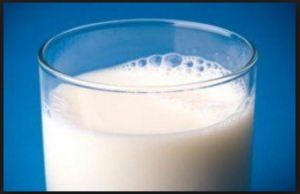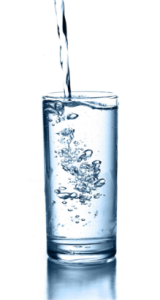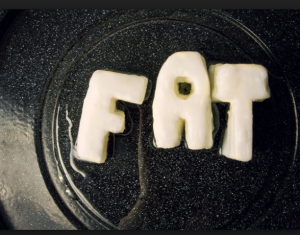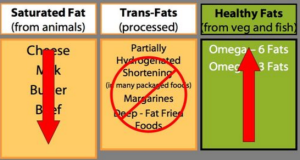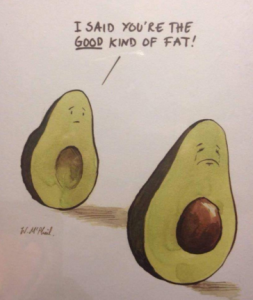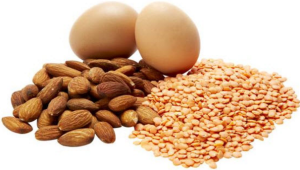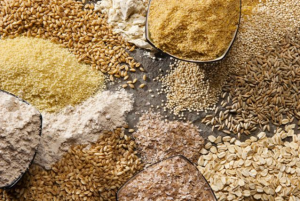Let’s talk vitamins. There’s over a dozen of them, all having crucial roles in proper nutrition, but why not begin at the beginning with vitamin A. The term “vitamin A” actually refers to a group of compounds, known as retinoids, that all share similar biological activity and structure and thus are grouped together under the umbrella term of vitamin A.
Additionally, there exists a group of compounds called carotenoids, which are compounds that are precursors of Vitamin A. In other words, they aren’t vitamin A yet, but your body is capable of converting them into the vitamin. The three most important carotenoids are known as Beta-carotene, alpha-carotene, and beta-cryptoxanthin.
So where can I get Vitamin A?
Retinoids and carotenoids are both found naturally in foods. The difference is, that preformed vitamin A, the retinoids, are found mostly in foods of animal origin. Major sources of retinoids are liver, dairy products, eggs, and tuna. Additionally, vitamin A is often added to many breakfast cereals.

Carotenoids, on the other hand, are found primarily in plant foods. The most important carotenoid nutritionally is beta-carotene, because it has the most potential to be converted to vitamin A. Generally, red, yellow, and orange fruits and vegetables are good sources of carotenoids. Examples of carotenoid rich foods, then, are things like carrots, watermelon, tomatoes, squash, and pumpkin. Don’t forget though, that green fruits and vegetables also have carotenoids, but the green chlorophyll hides the bright colors (Gropper and Smith 372).

Understanding absorption is very important when it comes to Vitamin A and carotenoids:
When you eat preformed vitamin A, from something like dairy or tuna, 70-90% of it will be absorbed by your body as long as your meal contains some fat. The reason that your meal needs to contain fat, is because vitamin A is one of the fat soluble vitamins, meaning the body needs fat in order to absorb it. When it comes to carotenoids, though, absorption by the body depends on processing. It’s very important to remember that when consuming carotenoids from raw produce, less than five percent will be absorbed (Gropper & Smith 375). We hear all the time that vegetables should be consumed raw, but in the case of vitamin A, your body will absorb more if the vegetables are cooked. It’s all about balance.
So what does Vitamin A actually do?
Vitamin A has many different functions in the body, including playing a role in helping cells grow and differentiate, bone development, growth, and immune system function. Perhaps the most well known function, though, is vitamin A’s role in eye health and vision. Because that’s the function that everyone seems to have heard of, that’s what I’ll focus on.
Your mom wasn’t kidding when she told you to eat your carrots so that your eyes worked better. This whole thing is kind of complicated, so I’m going to go over it very broadly. The human eye has many components that work together to allow you to see. Two of these components are different types of cells, known as rods and cones, respectively. Essentially, cones are the cells that help you see in the daytime and bright light, and rods are the cells that help you to see at night and in dim light. The body needs vitamin A to form a protein called rhodopsin that is found in the rods.
The protein rhodopsin is a critical component of the rods that is needed in the visual pathway in order for your brain to receive signals from the eyes involving vision. Thus, a vitamin A deficiency could cause a condition known as night blindness, or being unable to see well in the dark (Gropper & Smith 380). Pretty cool, right?
So how much vitamin A do I need?
Because of the variability in the activity of the various forms of vitamin A, needs are expressed in “retinol activity equivalents” (RAE) which take into account this variability. It is recommended that adult men and women get 625 and 500 micrograms RAE per day, respectively (Gropper and Smith 388).
Should I take vitamin A supplements?
Because vitamin A is a fat soluble vitamin, your body is able to store it. That means that taking vitamin A supplements which often contain far more than the recommended amount of vitamin A in a single pill can cause your body to store the excess. Storing excess vitamin A can cause a number of problems, leading to a condition known as hypervitaminosis A. Symptoms of this condition include things like nausea, vomiting, and bone and muscle pain (Gropper and Smith 388). However, you cannot develop a vitamin A toxicity from carotenoids, the precursors of vitamin A. That’s right ladies and gentlemen, ANOTHER reason to eat your fruits and vegetables.
I’ll leave it at that 🙂
References:
Gropper, S. A., Smith, J. L., & Groff, J. L. (2009). Advanced nutrition and human metabolism. Australia: Wadsworth/Cengage Learning.

